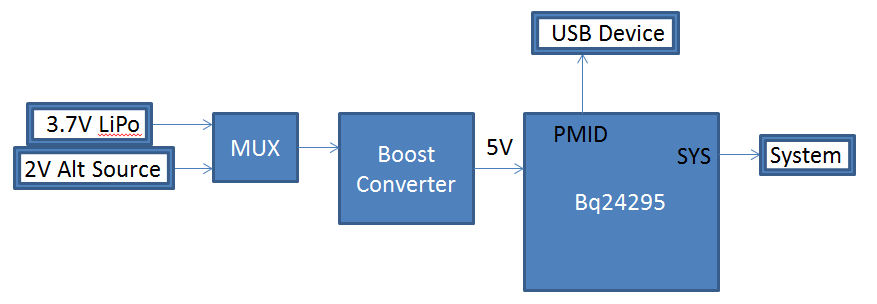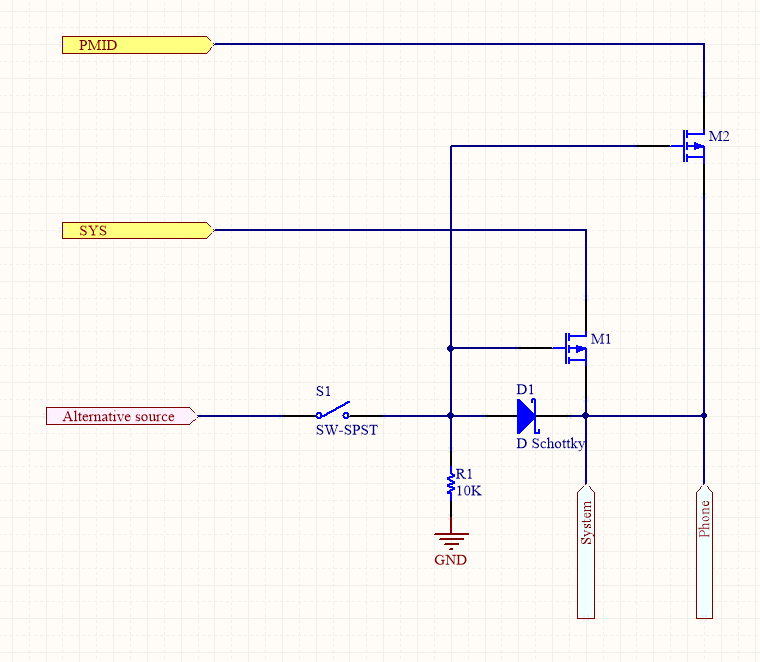Hi
For the BQ24295, if a reverse current of ~400mA at 5V comes into PMID and SYS, will the chip fry? I see that BATFET can be turned off via I2C to disconnect the battery, but could the current harm other circuitry? The absolute maximum for PMID and SYS is 15V and 6V, respectively, so I wonder if a current coming in reverse could cause damage.
Thanks
John




